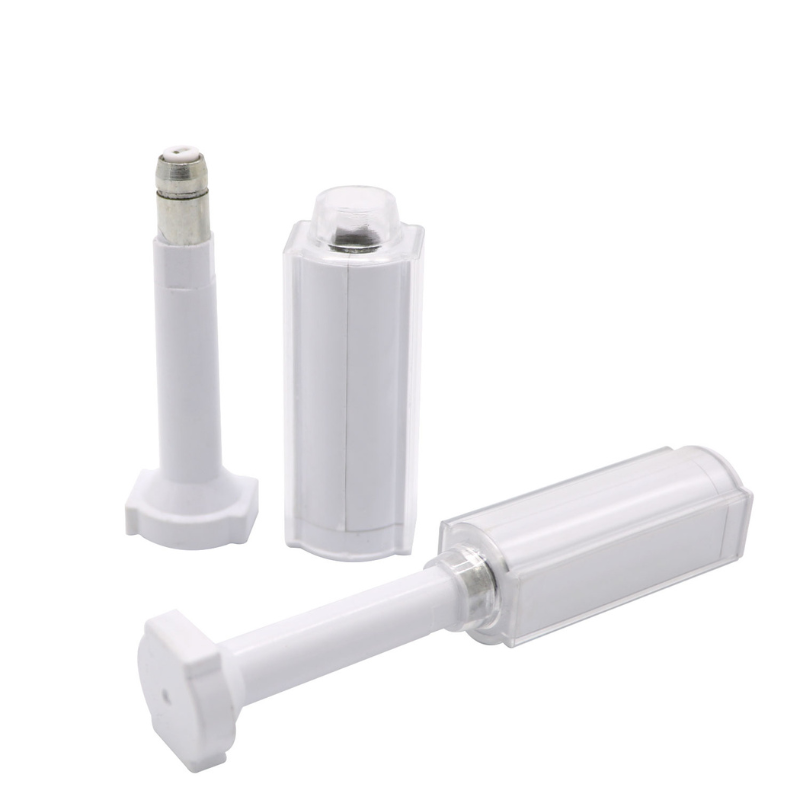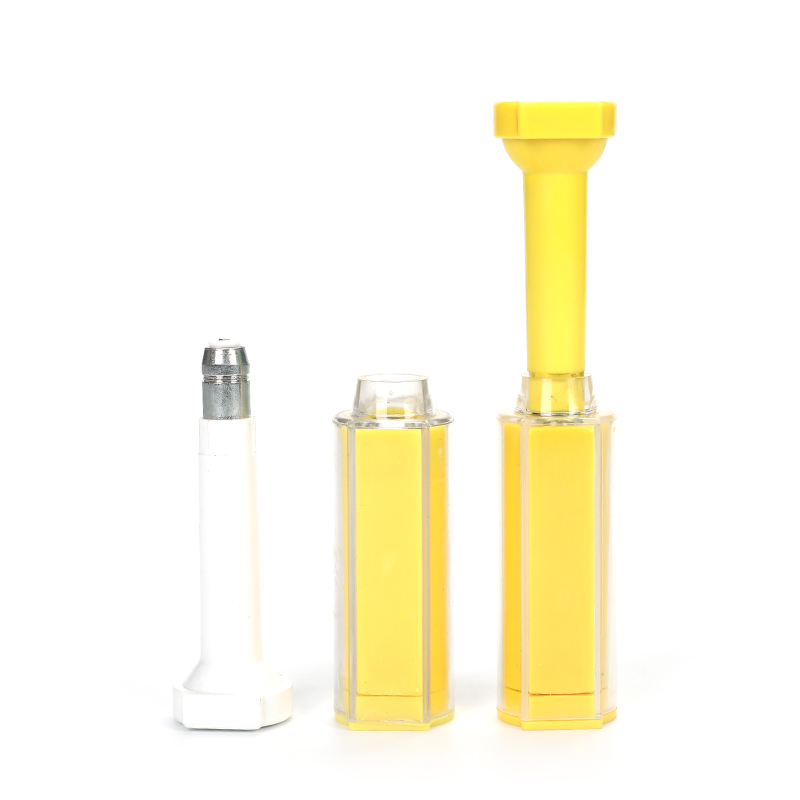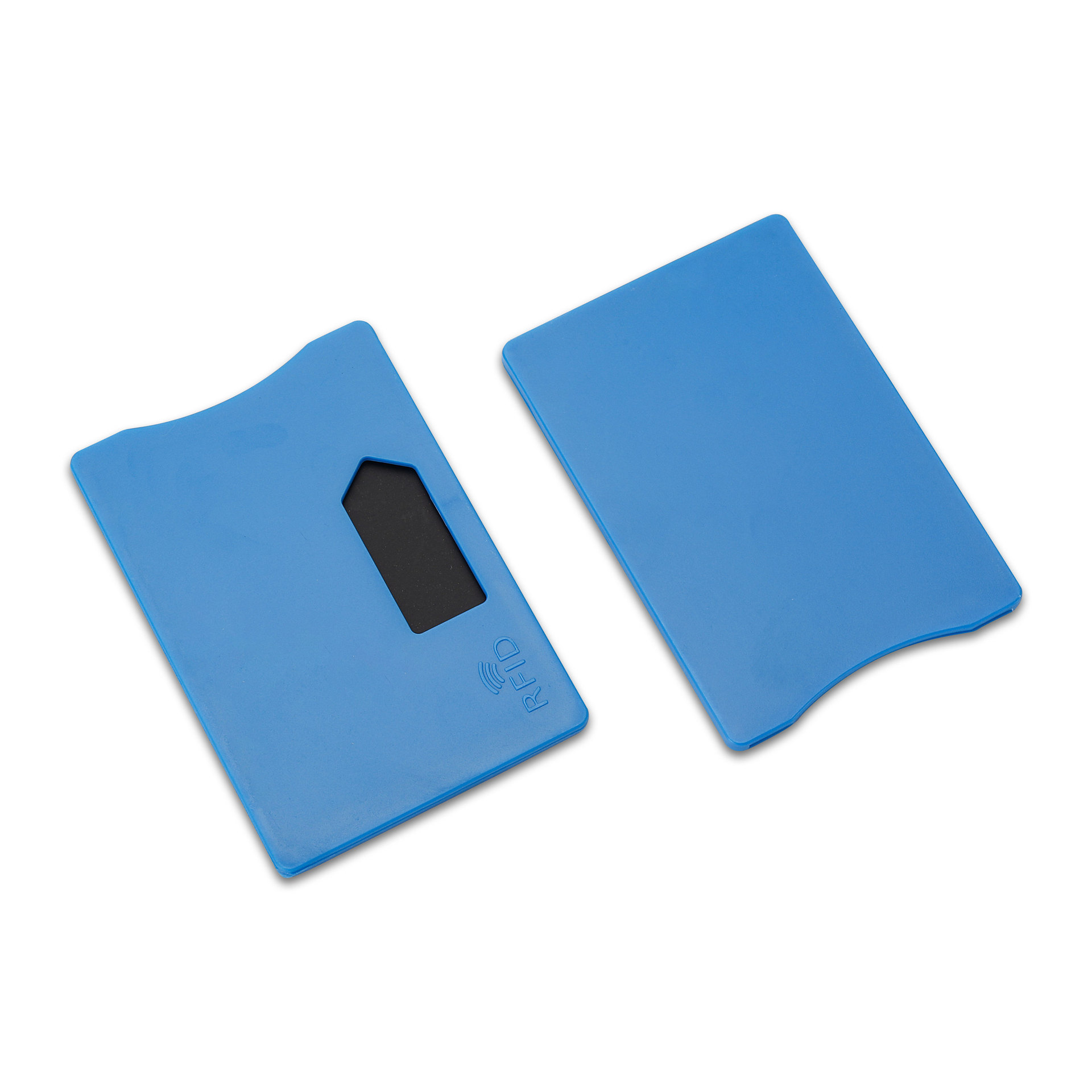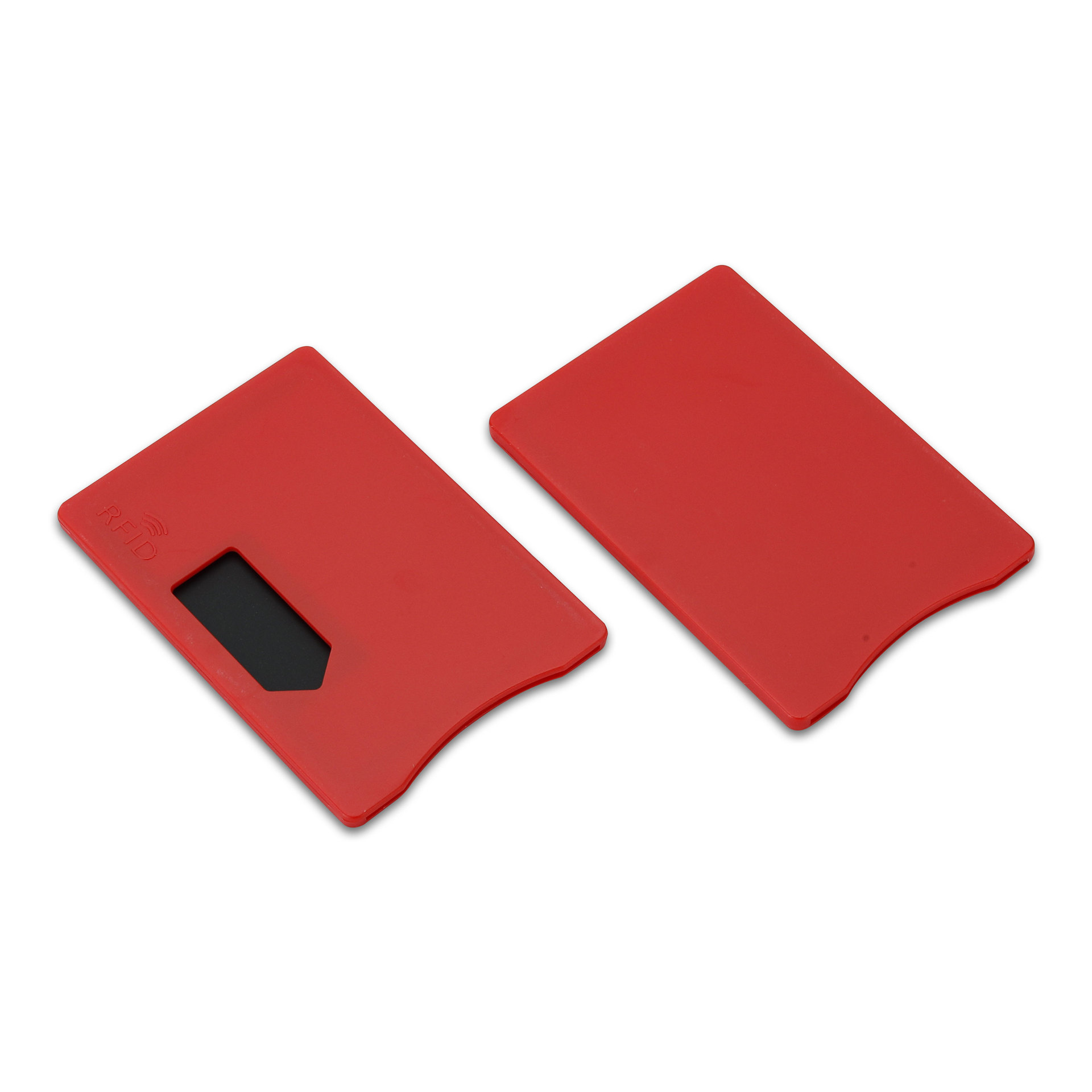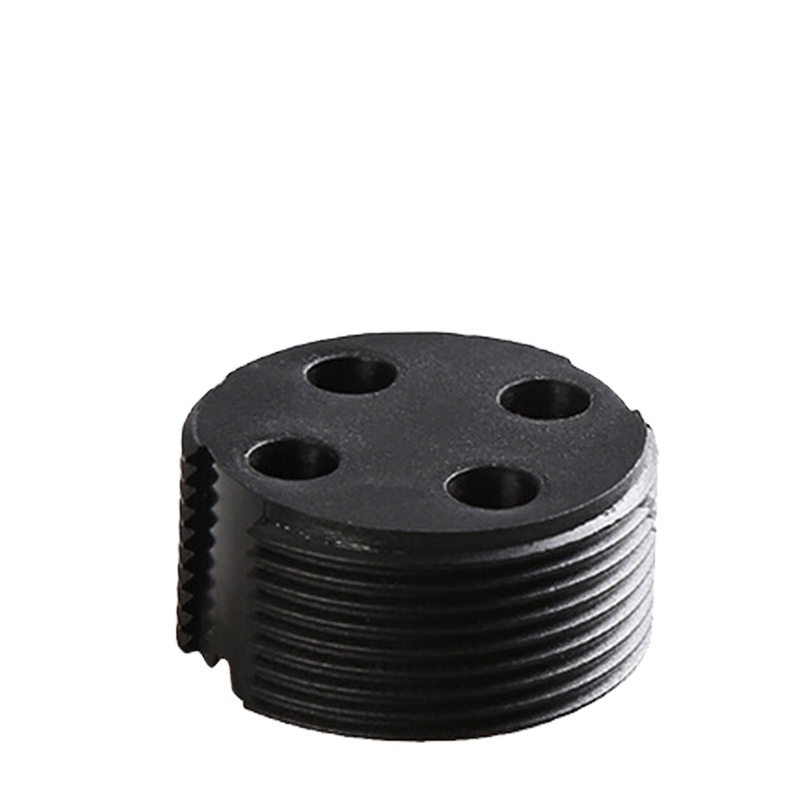
RFID לעומת NFC: הבנת ההבדל בין NFC ל-RFID
תוֹכֶן הָעִניָנִים
RFID לעומת NFC: גילוי ההבדלים העיקריים לפעולות עסקיות חכמות יותר
אבל מה בדיוק ההבדל בין RFID לבין NFC? ואיזה מהם העסק שלך צריך לאמץ?
מדריך מקיף זה בוחן את אופן הפעולה של טכנולוגיות RFID ו-NFC, את ההבדלים העיקריים ביניהן, את היישומים שלהן ואת האופן שבו ניתן לבחור את הטכנולוגיה המתאימה ביותר לפעילותכם.

מהם RFID ו-NFC?
RFID – זיהוי בתדר רדיו
RFID משתמש בגלי רדיו כדי להעביר נתונים באופן אלחוטי בין תג לקורא. הוא נמצא בשימוש נרחב בלוגיסטיקה של שרשרת האספקה, מעקב אחר מחסנים, ייצור ובקרת גישה.
ישנם שלושה סוגי תדרים:
- LF (תדר נמוך): טווח קריאה קצר (30 ס"מ), מתאים למעקב אחר בעלי חיים
- HF (תדר גבוה): 13.56 MHz, משמש למערכות ספריות, כרטיסי גישה
- UHF (תדר גבוה במיוחד): מעקב לטווח ארוך, אידיאלי למלאי ולוגיסטיקה
👉 עיון תגי RFID →
NFC – תקשורת טווח קרוב
NFC הוא תת-קבוצה של RFID הפועלת בטווחים קצרים (בדרך כלל 4–10 ס"מ) ומשולבת בדרך כלל בסמארטפונים, בכרטיסים ללא מגע ובמכשירים לבישים.
תכונות עיקריות של NFC:
- פועל בתדר 13.56 MHz (זהה ל-HF RFID)
- נדרשים שני מכשירים הנמצאים בקרבה רבה זה לזה
- מציע אבטחה משופרת — אידיאלי לתשלומים, בקרת גישה ואימות אישי
👉 הצג מוצרי תגי NFC →
RFID לעומת NFC: הבדלים עיקריים
| תכונה | RFID | NFC |
|---|---|---|
| טווח תקשורת | עד 100 מטר (UHF) | 4–10 ס"מ |
| רצועות תדרים | LF, HF, UHF | HF בלבד (13.56 MHz) |
| מקרי שימוש ראשוניים | מלאי, לוגיסטיקה, בקרת גישה | תשלומים ניידים, אימות |
| נדרשת קו ראייה? | לֹא | לא (אך נדרשת קרבה) |
| אבטחת מידע | לְמַתֵן | גבוה – הצפנה מובנית |
| אינטראקציה עם המכשיר | אחד לרבים | אחד על אחד |
| עלות הקורא | משתנה לפי טווח/תדירות | נמוך – מובנה ברוב הסמארטפונים |
| סוגי תגיות | פסיבי, אקטיבי, חצי-פסיבי | פסיבי בלבד |
דוגמאות לשימוש בעולם האמיתי
RFID בפעילות עסקית
- קמעונאות ואחסנה: עקבו אחר אלפי פריטי מלאי על מדפים ויחידות אחסון
- בריאות: תיוג ציוד רפואי למעקב אחר תחזוקה
- בעלי חיים: השתמש בתגי אוזן RFID כדי לפקח על בעלי חיים
📌 דוגמה: חברת לוגיסטיקה צמצמה את טעויות המלאי ב-35% באמצעות תגי RFID UHF.
NFC בתרחישים יומיומיים של הצרכן
- תשלומים ניידים: משמשים ב-Apple Pay, Google Pay וברוב כרטיסי האשראי ללא מגע.
- כרזות וכרטיסי ביקור חכמים: שתפו באופן מיידי אתרי אינטרנט או פרטי קשר
- גישה למלון וצמידים: הקש כדי לפתוח דלתות או לחייב הוצאות
📌 דוגמה: מלון שילב צמידי NFC לגישה של אורחים ולחיוב בספא, והגדיל את המכירות ב-20%.
RFID ו-NFC בניהול מלאי
שתי הטכנולוגיות יכולות לתמוך בתהליכי עבודה של מלאי — אך היכולות שלהן שונות:
| משימה | תגיות RFID | תגיות NFC |
|---|---|---|
| סריקה המונית של מלאי | ✅ מצוין | ❌ לא מתאים |
| זיהוי ברמת המדף | ✅ מדויק בטווח | ⚠️ טווח קצר בלבד |
| סריקה באמצעות טלפון חכם | ❌ דורש קורא | ✅ עובד עם טלפונים חכמים מודרניים |
| אימות נכסים | ✅ טוב | ✅ מצוין |
| מערכות נגד גניבה | ✅ בשימוש נרחב | ❌ פחות נפוץ |
👉 זקוקים לתגי RFID לשימוש במחסן?
בדקו את פתרונות מלאי RFID →
בחירה בין RFID ל-NFC
כאשר אתם מתלבטים בין השניים, שאלו את עצמכם:
| התחשבות | הבחירה הטובה ביותר |
|---|---|
| האם אתה צריך לסרוק פריטים ממרחק? | RFID |
| האם המשתמשים מתקשרים עם טלפון או כרטיס מקרוב? | NFC |
| האם אתה עוקב אחר פריטים רבים בו-זמנית? | RFID |
| האם אתה זקוק לתקשורת מוצפנת בין עמיתים? | NFC |
| רוצה לאפשר תשלומים באמצעות הטלפון הנייד? | NFC |
טיפ למקצוענים: חברות רבות משתמשות בשתי הטכנולוגיות — RFID עבור לוגיסטיקה פנימית ו-NFC עבור אינטראקציה עם לקוחות או אימות זהות.
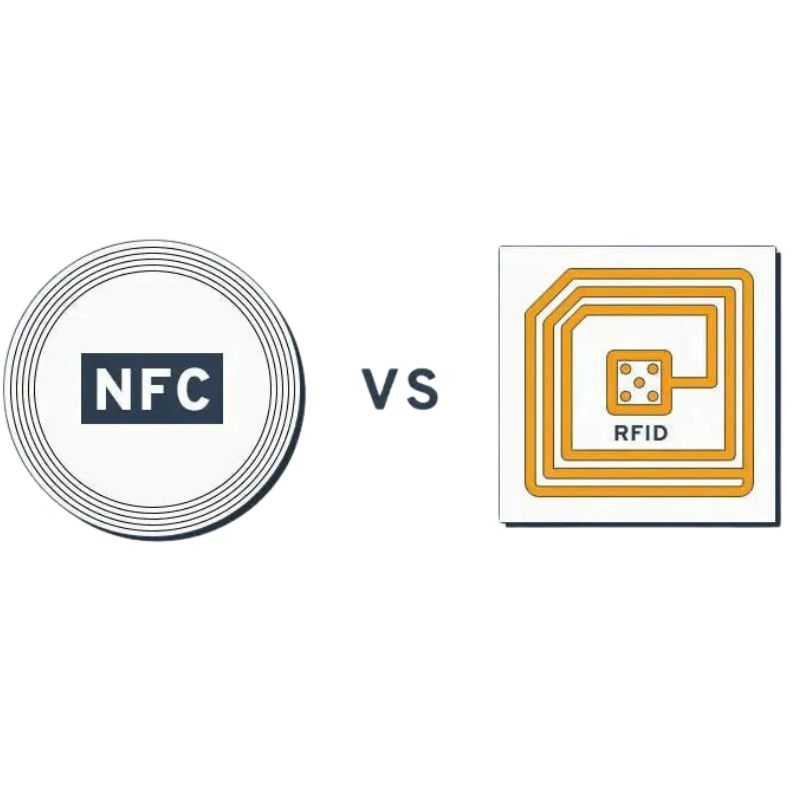
שאלות נפוצות על RFID לעומת NFC
מה ההבדל בין RFID ל-NFC?
RFID מציע זיהוי לטווח ארוך (עד 100 מטר), בעוד NFC פועל במרחקים קצרים (4–10 ס"מ) והוא בטוח יותר עבור חילופי מידע בין עמיתים.
האם NFC הוא סוג של RFID?
כן. NFC מבוסס על תקני RFID HF (ISO 14443), מה שהופך אותו לתת-קבוצה מיוחדת המותאמת לתקשורת מאובטחת בטווח קצר.
מה עדיף למעקב אחר נכסים?
RFID, ובמיוחד תגי UHF, מתאימים יותר למעקב אחר מלאי ונכסים בקנה מידה גדול.
האם ניתן להשתמש ב-NFC לצורך ניהול מלאי?
מבחינה טכנית כן, אך זה לא יעיל לסריקה בקנה מידה גדול בשל הטווח המוגבל שלו ומודל האינטראקציה אחד-על-אחד.
האם טלפונים חכמים תומכים ב-RFID?
רוב הסמארטפונים תומכים ב-NFC, אך לא ב-UHF RFID. תזדקק לקורא ייעודי עבור רוב פתרונות המלאי RFID.

ריי ג'ואו
מאמר זה נכתב על ידי ריי ז'ו, מומחה לטכנולוגיית RFID עם יותר מ-10 שנות ניסיון בתחום.
הערות
מוצרים לוהטים

מהו ניהול פסולת באמצעות RFID
דמיינו עיר שבה כל פח אשפה מדבר — לא במובן המילולי — אלא באמצעות שבב זעיר שמודיע למערכת מתי הוא מלא, מתי הוא מרוקן ולאן הוא נלקח. זה מה שעושה כיום ניהול פסולת באמצעות RFID.
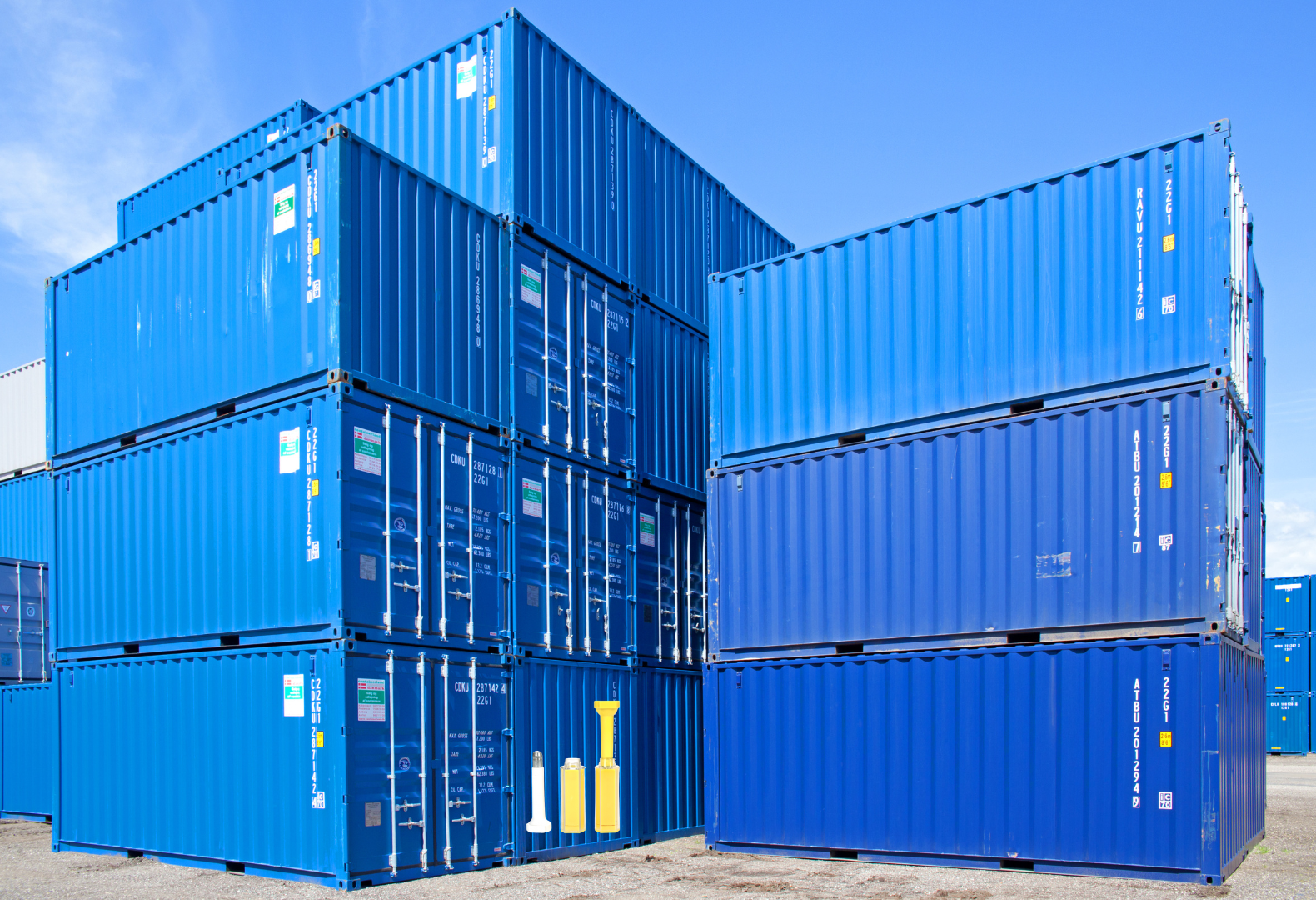
מהם אטמי בורג ומהן היישומים שלהם? | המדריך המלא
בסחר ולוגיסטיקה גלובליים, אטמי בורג ממלאים תפקיד מכריע בהבטחת אבטחת המטען ותאימותו. מכשירים קטנים אך עוצמתיים אלה נועדו לנעול מכולות משלוח, נגררים ודלתות מטען באמצעות מנגנון המונע חבלה.
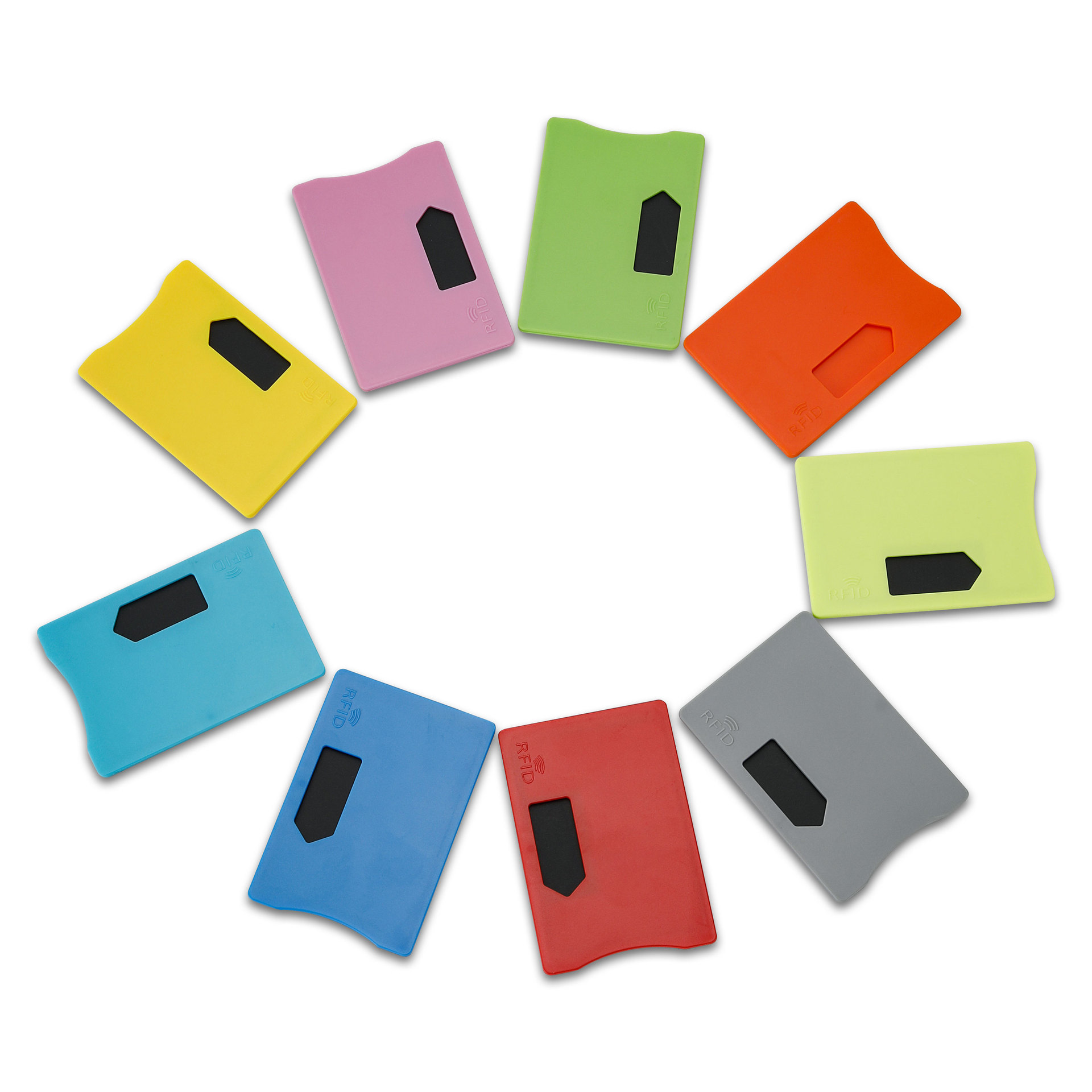
מהו מגן כרטיס RFID? יתרונות, דוגמאות לשימוש ומדריך לקנייה
טכנולוגיית RFID (זיהוי בתדר רדיו) נמצאת בכל מקום: בכרטיסי האשראי, בתגי זיהוי, בכרטיסי נסיעה, במפתחות לחדרי מלון ועוד. היא מציעה מהירות ונוחות, אך היא גם פותחת את הדלת לסוג חדש של גניבה דיגיטלית המכונה “סקים”. כאן נכנס לתמונה מגן כרטיסי RFID.

צמידי RFID לאירועים: מדריך לרכישה בכמויות גדולות למארגנים
צמידי RFID לאירועים הופכים לפתרון המועדף על מארגנים הזקוקים לכניסה מהירה יותר, למניעת הונאות ולתשלומים ללא מזומן בקונצרטים, בפסטיבלים ובאצטדיוני ספורט. בניגוד לכרטיסים מנייר או לקודי QR, צמידים חכמים אלה משתמשים בשבבים מוטמעים כדי לייעל את הגישה, לאבטח את העסקאות ולשפר את חוויית האורחים.
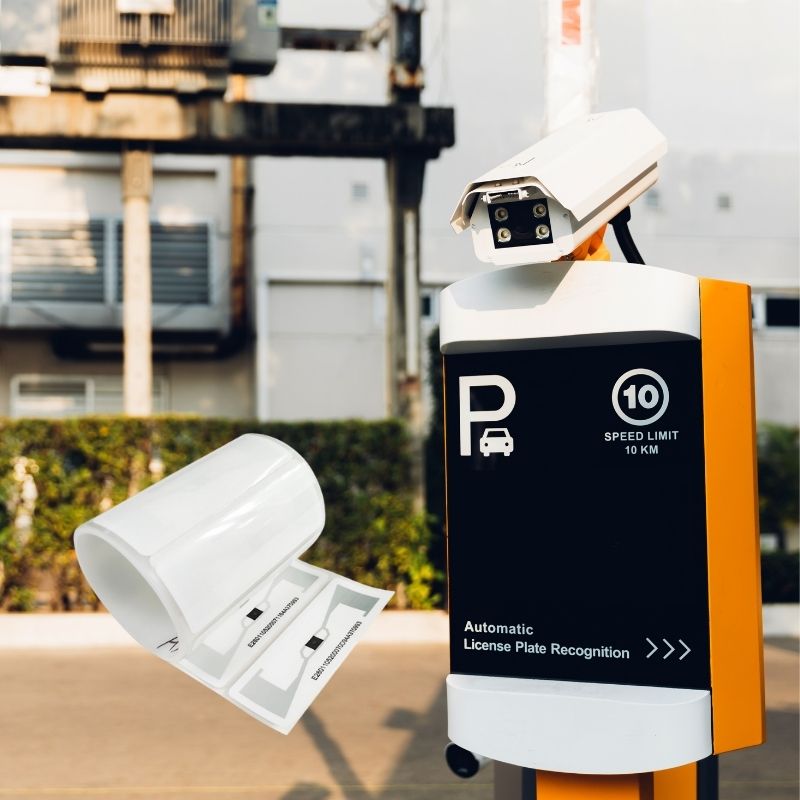
כיצד תג RFID על השמשה הקדמית משפר את בקרת הגישה לרכב ומערכות האגרה
בעולם המהיר של ימינו, זיהוי כלי רכב צריך להיות מהיר, מאובטח וללא מגע. תג RFID על השמשה הקדמית מספק בדיוק את זה — דרך אמינה לנהל גביית אגרה, חניה וגישה לשערים מבלי לעצור את כלי הרכב.
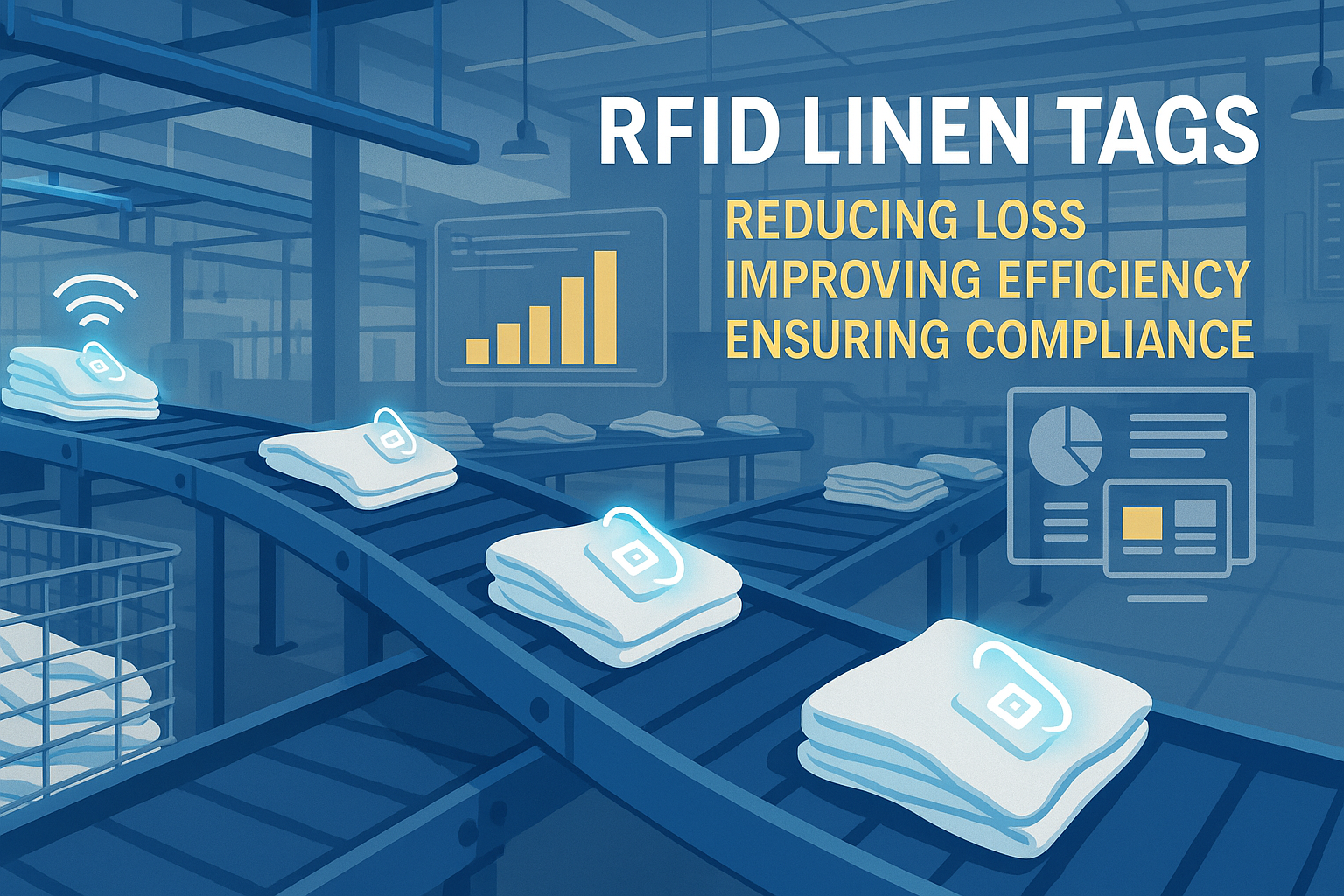
היתרונות של תגי RFID למצעים במכבסות מסחריות
ניהול כביסה בבתי חולים, בתי מלון או שירותי כביסה גדולים הוא משימה לא פשוטה. מדי יום, אלפי סדינים, מגבות ומדים מכובסים, ממוינים ונשלחים בחזרה. אך בעיות כמו אובדן מצעים, טעויות במיון וספירה ידנית עלולות לעלות לחברות הרבה כסף. לדוגמה, בתי מלון בינוניים עלולים להפסיד מעל $200,000 מדי שנה בגלל מצעים שאבדו.
זה המקום שבו תגי RFID לבדים נכנסים לתמונה.
תגים
בלוגים קשורים

מהו ניהול פסולת באמצעות RFID
דמיינו עיר שבה כל פח אשפה מדבר — לא במובן המילולי — אלא באמצעות שבב זעיר שמודיע למערכת מתי הוא מלא, מתי הוא מרוקן ולאן הוא נלקח. זה מה שעושה כיום ניהול פסולת באמצעות RFID.

מהם אטמי בורג ומהן היישומים שלהם? | המדריך המלא
בסחר ולוגיסטיקה גלובליים, אטמי בורג ממלאים תפקיד מכריע בהבטחת אבטחת המטען ותאימותו. מכשירים קטנים אך עוצמתיים אלה נועדו לנעול מכולות משלוח, נגררים ודלתות מטען באמצעות מנגנון המונע חבלה.

מהו מגן כרטיס RFID? יתרונות, דוגמאות לשימוש ומדריך לקנייה
טכנולוגיית RFID (זיהוי בתדר רדיו) נמצאת בכל מקום: בכרטיסי האשראי, בתגי זיהוי, בכרטיסי נסיעה, במפתחות לחדרי מלון ועוד. היא מציעה מהירות ונוחות, אך היא גם פותחת את הדלת לסוג חדש של גניבה דיגיטלית המכונה “סקים”. כאן נכנס לתמונה מגן כרטיסי RFID.

